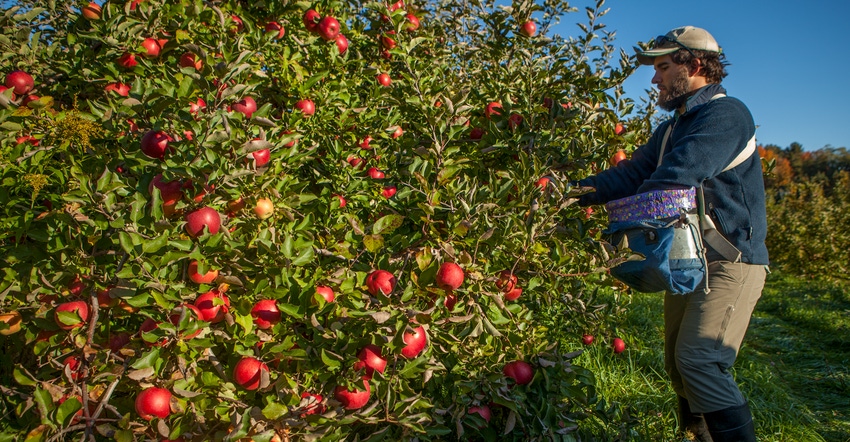May 15, 2019

By Rick Welsh and Anne Bellows
The Farm Worker Fair Labor Practices Act proposes, among other things, to “amend the labor law, in relation to granting collective bargaining rights to farm laborers and allowing farmworkers one day of rest each week and including farm laborers within the provisions pertaining to overtime compensation and unemployment insurance.”
Currently, farmworkers in New York state have none of these rights. The act attempts to provide farmworkers with the legal protections all other workers in New York are provided.
Despite the obvious social justice and equity implications of not allowing farmworkers to bargain collectively for higher wages or better working conditions, as well as be paid overtime and having a day of rest, the act is opposed by some agricultural groups.
The opposition bases its arguments on increased labor costs for farms in New York state; farms that admittedly face substantial economic pressures. And we realize that farms are caught in a cost-price squeeze as farms are price-takers and cannot influence easily the price of the product they produce. In addition, the costs of other inputs are rising, and labor is one input cost over which farmers have some control.
However, it is illustrative to consider the distribution of costs to farms in New York state if labor costs rise.
For example, the 2017 U.S. Census of Agriculture indicates that there are 33,438 farms in the state.
Of these, 8,963 farms, or 27%, hire at least one worker, but 73% of farms in New York state have no hired labor.
In addition, 1,419 farms, or 8% of farms, hire at least five workers, but these farms also employ 78% of all hired farmworkers. Therefore, any increase in labor costs from the passage of the act affects a minority of farms in New York state and may be a significant cost issue for even fewer, mostly larger, farms.
In addition, those who oppose the act have an overly linear view of its potential effect on farms with hired labor. Increasing compensation and creating a fairer workplace may well attract talented and more productive workers. Worker retention may improve also.
These outcomes would have beneficial impacts on farm operations and rural communities.
It is likely, and desirable, that some version of the Farm Worker Fair Labor Practices Act will pass, eventually. When it does, it will not affect most farms in New York state.
Some farms will probably cut back on hired labor or deploy it more efficiently. Still, others may increase hiring to accommodate a greater emphasis on shift work and will increase production to pay for this change.
In general, the agricultural industry should benefit from a more productive, better paid and motivated work force, and an enhanced reputation for fairness and equity.
Welsh and Bellows are faculty in the food science program at Syracuse University.
You May Also Like




